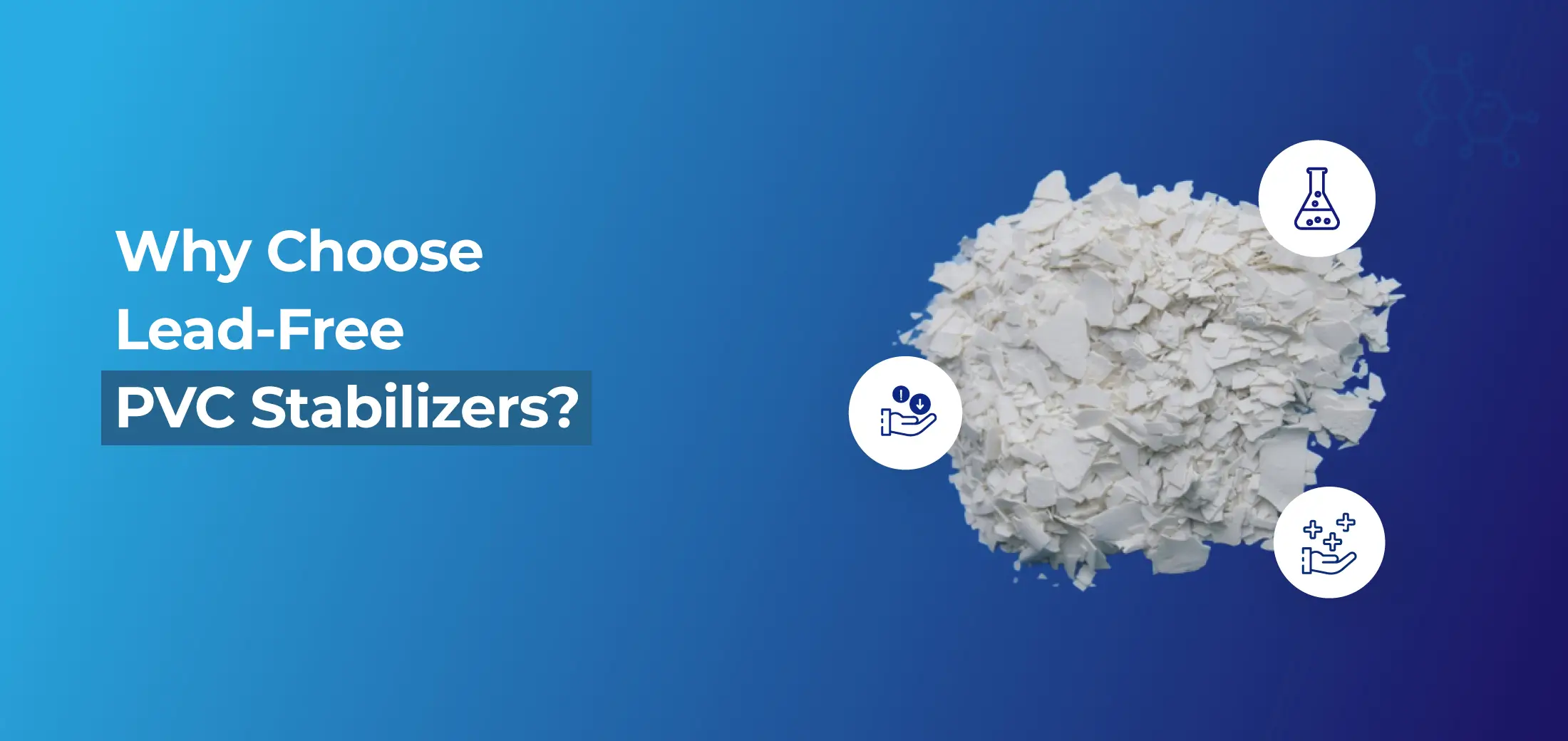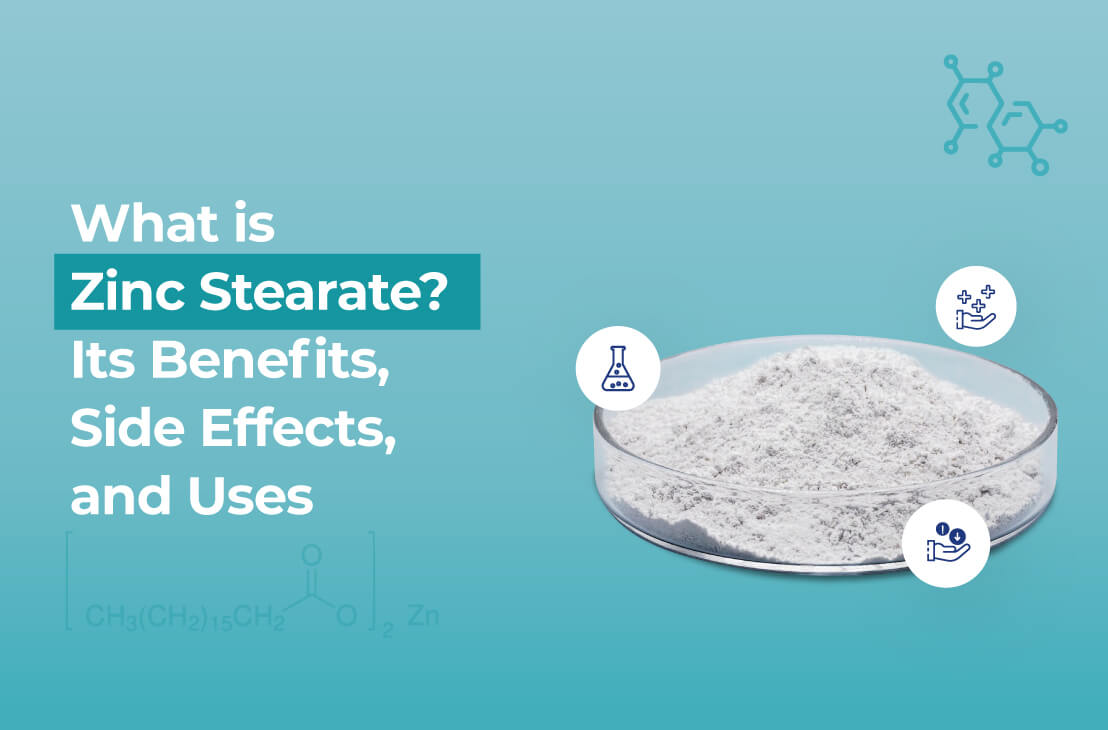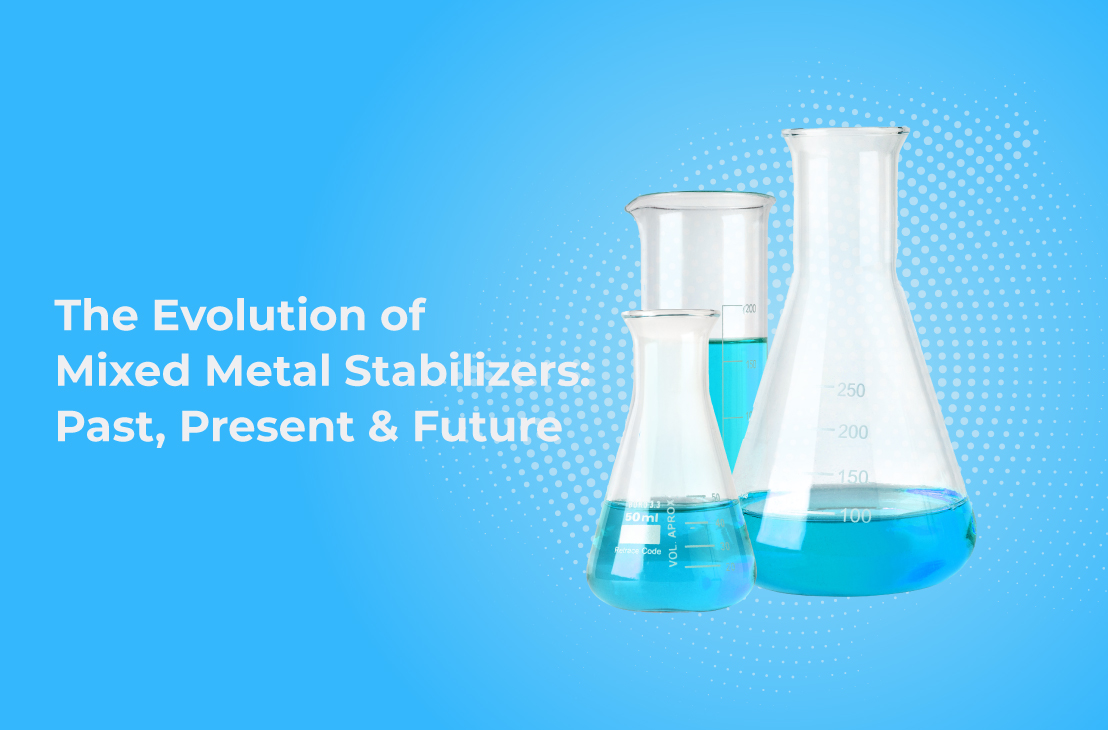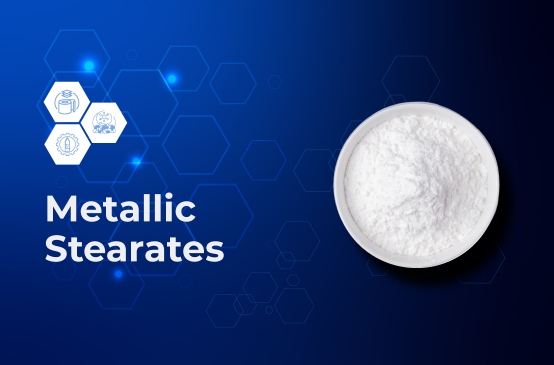For decades, lead-based stabilizers have played a key role in the PVC manufacturing industry. The thermal stability and cost efficiency of these stabilizers made them a key choice.
However, considering stringent production norms, the manufacturing techniques have changed. Today, global manufacturers face regulatory pressure and need to adhere to stricter compliance standards. With increasing demand from buyers and end-users, the priority now is to use safer and more sustainable materials.
From consumer goods to infrastructure, the call for lead-free alternatives is crucial. Companies looking to future-proof their supply chains have turned to lead-free PVC stabilizers from reputed brands like Nimbasia Stabilizers. These stabilizers are proven and scalable. They are quickly becoming the preferred standard across industries that are committed to safety and environmental sustainability.
What Are PVC Stabilizers?
On its own, PVC is not capable of handling the high temperatures during the processing it undergoes. Neither can the material endure prolonged exposure to heat and light. That's the reason manufacturers use stabilizers. They play a critical role in ensuring:
- Thermal Stability
- Mechanical Strength
- Color Retention
These properties of stabilizers make them suitable for producing durable PVC products.
Why Is It Crucial To Use The Right Stabilizer?
Over the years, several types of stabilizers have been in use. Lead-based stabilizers were once the standard due to their cost-effectiveness and reliable processing. Others include:
- Tin-based stabilizers
- Calcium zinc-based stabilizers
- Newer organic stabilizers
Each of these products offers unique benefits, depending on the application.
Without the right stabilizer, PVC becomes brittle, discolored, or degrades over time. Stabilizers fine-tune performance and determine whether a product meets quality standards, lasts in the field, and remains compliant with safety regulations. As industries keep evolving, so does the demand for stabilizers that deliver results without compromising human health or the environment.
-
Problems with Lead-Based Stabilizers
Once, lead-based stabilizers dominated the PVC industry. However, these stabilizers have some major drawbacks, which are too significant to ignore. Beyond regulatory reasons, the shift away from lead-based stabilizers is practical, and mostly reputational.
-
Health and Environmental Hazards
Lead is a known toxic metal. When used in PVC, it can leach into soil and water, particularly during disposal or degradation. This poses long-term health risks for workers, communities, and end users, particularly when it is used in applications like pipes, packaging, and toys.
-
Regulatory Pressure
Global regulatory frameworks like RoHS, REACH, and various US EPA guidelines have imposed strict restrictions on lead-containing compounds. Non-compliance not only limits market access in Europe and North America, but can also halt shipments at borders, delay projects, or invite penalties.
-
Risks for Business and Brand
Leading manufacturers refrain from using lead-based stabilizers as they can damage their brand image and credibility. Clients and consumers are increasingly prioritizing responsible sourcing. Therefore, continuing with lead can erode trust and limit export opportunities. It can even disrupt partnerships with large multinationals committed to sustainable procurement.
The Rise of Lead-Free Alternatives
Responsible PVC manufacturers are quickly turning to lead-free alternatives, and the market is clearly moving.
-
A Growing Global Shift
According to recent industry reports, the lead-free PVC stabilizer market was valued at $1.2 billion in 2024 and is expected to hit $1.8 billion by 2033, growing at a CAGR of 5.1% from 2026 to 2033. Not only regulations, but the demand from manufacturers looking for safer solutions is driving this growth
-
Calcium-Zinc and Organic Stabilizers Leading the Way
Calcium-zinc stabilizers have emerged as the top alternative. These stabilizers offer strong thermal stability, processability, and compatibility across rigid and flexible PVC applications.
Organic-based stabilizers are also gaining traction in areas like food packaging and medical-grade PVC, where high purity and specialty-use are the priorities.
-
Performance Without Compromise
Today, lead-free stabilizers no longer require manufacturers to trade off performance for safety. They have emerged as the staple in the PVC manufacturing industry, primarily due to their:
- Comparable durability
- Efficiency in processing
- Heat resistance
Apart from offering these crucial properties, lead-free stabilizers adhere to global compliance standards.
The technology and supply chains supporting lead-free stabilizers have matured. Whether you're manufacturing profiles, pipes, cables, or medical products, reliable formulations and technical support are widely available from Nimbasia Stabilizers to ensure a smooth transition.
Benefits of Lead-Free PVC Stabilizers
As a PVC manufacturing firm, you'd like to play it safe and avoid compliance risks. More than adherence to industry standards, using lead-free PVC stabilizers opens the doors to smarter and safer sustainable practices.
Here are the key benefits of using lead-free PVC stabilizers in the manufacturing process.
-
Regulatory Compliance
Lead-free stabilizers comply with international directives like RoHS and REACH. Therefore, manufacturers find it easier to stay ahead of legal updates and meet compliance checklists of global markets without constant reformulation.
-
Safer for Workers and End Users
These stabilizers eliminate the risks of toxic exposures associated with lead during production, handling, and end use. As a result, they benefit from a safer work environment while delivering consumer products considered harmless.
-
Environmental Sustainability
Lead-free options contribute to cleaner manufacturing. They ensure safer disposal of products and reduce contamination in landfills. In the process, they support corporate sustainability goals of these firms, which are critical for companies with ESG benchmarks to meet.
-
Access to Global Markets
With more countries phasing out lead, lead-free stabilizers make it easier to export across continents. Multinational buyers and OEMs increasingly prefer suppliers using compliant, non-toxic additives. Thus, using stabilizers free from lead turns safety into a competitive edge.
Industry Applications Where Lead-Free Stabilizers Are Used
Lead-free PVC stabilizers find extensive use across a wide range of industries where safety and compliance are the priorities.
| Industry or Application | Purpose of Lead-Free Stabilizers |
|---|---|
| Pipes and Fittings | Ensure thermal stability, and non-toxic water transport |
| Electrical Cables | Provide insulation, flexibility, and flame resistance |
| Window Profiles | Enhance weather resistance and structural durability |
| Medical Devices | Safe for use in tubing, bags, and flexible medical-grade components |
| Toys and Childcare Products | Non-toxic alternative to meet global safety standards for items used by children |
| Flexible and Rigid Packaging | Safe for food contact, maintains clarity, and mechanical properties |
Why Partner with Nimbasia Stabilizers?
As a manufacturer, you'd acknowledge that using lead-free PVC stabilizers is a step towards responsible manufacturing. At Nimbasia Stabilizers, we offer high-performance calcium-zinc and organic solutions tailored to your needs. With our technical support and knowledge in global regulatory standards, we continue to be the trusted partner for leading manufacturers. Connect with Nimbasia Stabilizers today for safe and scalable lead-free stabilizers.









